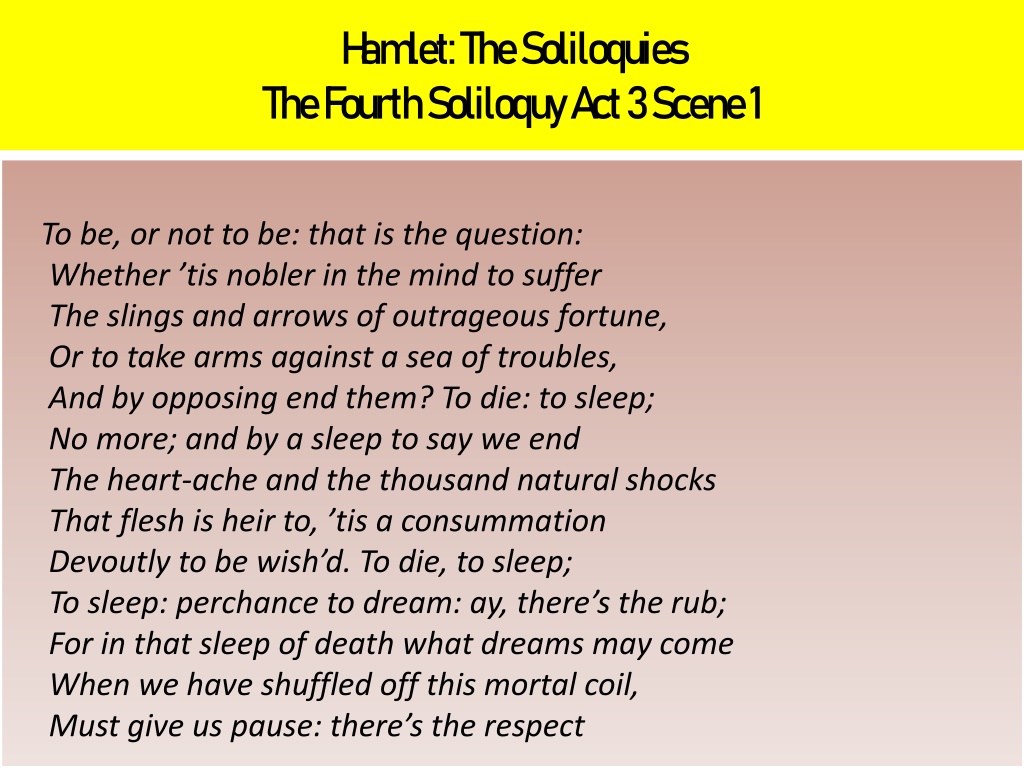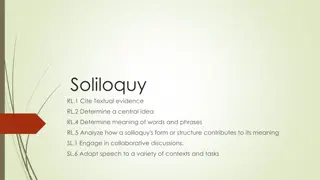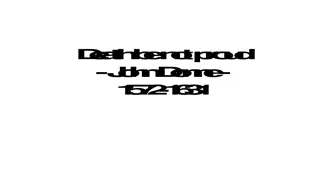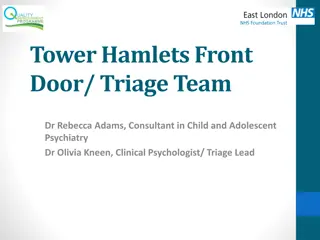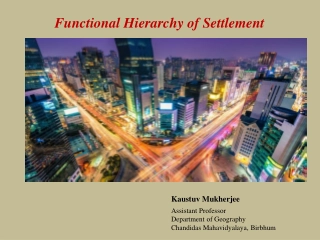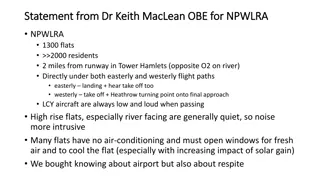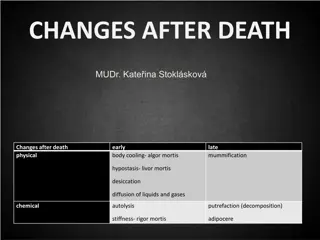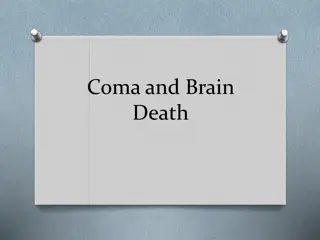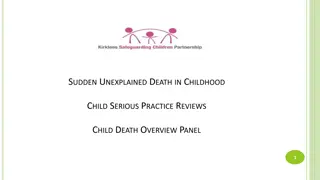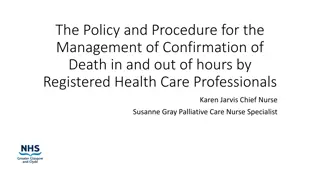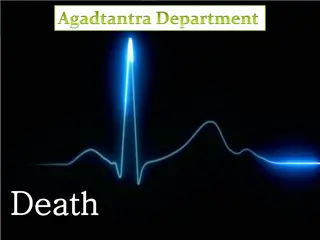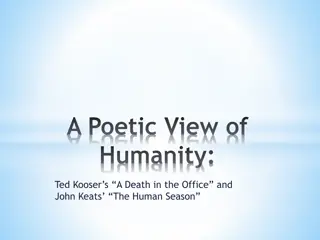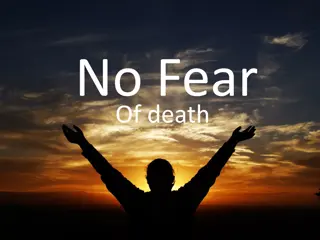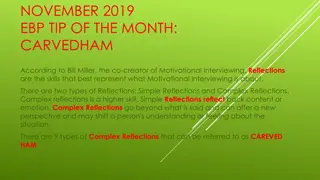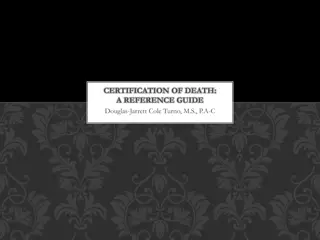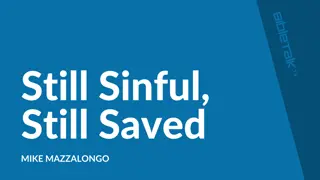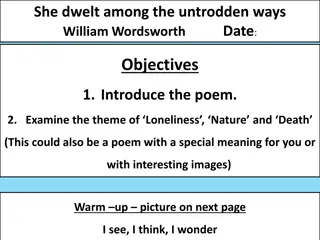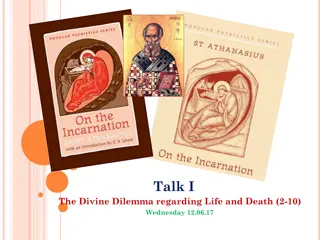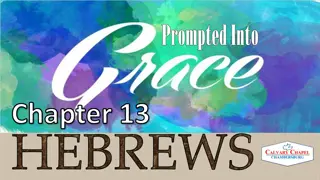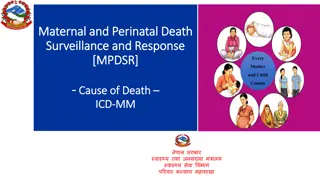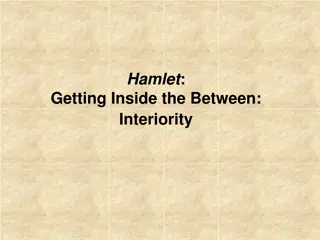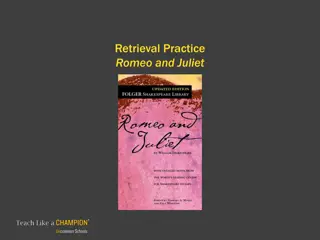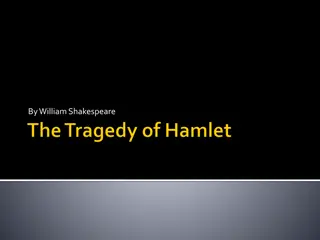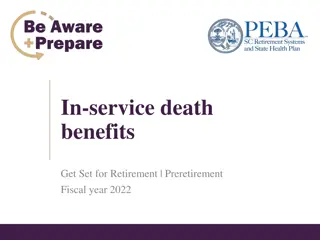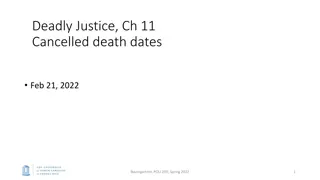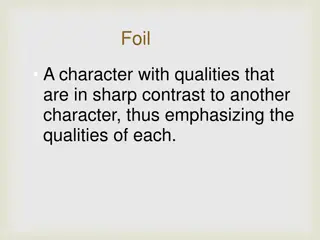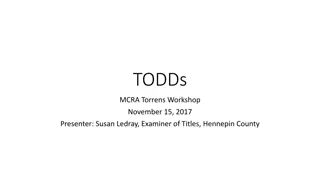Reflections on Life and Death in Hamlet's Soliloquies
Hamlet's fourth soliloquy in Act 3, Scene 1 delves deep into the contemplation of life, death, and the eternal question of existence. Through introspective discussion, Hamlet ponders the choices of enduring hardships or taking action to end suffering. The soliloquy captures the essence of human mortality, the fear of the unknown, and the philosophical quandaries surrounding life's struggles. Shakespeare's masterful portrayal of Hamlet's inner turmoil resonates with readers and theatergoers alike, inviting reflection on the complexities of the human experience.
Uploaded on Sep 28, 2024 | 0 Views
Download Presentation

Please find below an Image/Link to download the presentation.
The content on the website is provided AS IS for your information and personal use only. It may not be sold, licensed, or shared on other websites without obtaining consent from the author. Download presentation by click this link. If you encounter any issues during the download, it is possible that the publisher has removed the file from their server.
E N D
Presentation Transcript
H am let: The Soliloquies The Fourth Soliloquy A ct 3 Scene 1 To be, or not to be: that is the question: Whether tis nobler in the mind to suffer The slings and arrows of outrageous fortune, Or to take arms against a sea of troubles, And by opposing end them? To die: to sleep; No more; and by a sleep to say we end The heart-ache and the thousand natural shocks That flesh is heir to, tis a consummation Devoutly to be wish d. To die, to sleep; To sleep: perchance to dream: ay, there s the rub; For in that sleep of death what dreams may come When we have shuffled off this mortal coil, Must give us pause: there s the respect
H am let: The Soliloquies The Fourth Soliloquy A ct 3 Scene 1 That makes calamity of so long life; For who would bear the whips and scorns of time, The oppressor s wrong, the proud man s contumely, The pangs of despised love, the law s delay, The insolence of office and the spurns That patient merit of the unworthy takes, When he himself might his quietus make With a bare bodkin? who would fardels bear, To grunt and sweat under a weary life, But that the dread of something after death, The undiscover d country from whose bourn No traveller returns, puzzles the will And makes us rather bear those ills we have Than fly to others that we know not of?
H am let: The Soliloquies The Fourth Soliloquy A ct 3 Scene 1 Thus conscience does make cowards of us all; And thus the native hue of resolution Is sicklied o er with the pale cast of thought, And enterprises of great pith and moment With this regard their currents turn awry, And lose the name of action. Soft you now! The fair Ophelia! Nymph, in thy orisons Be all my sins remember d.
H am let: The Soliloquies The Fourth Soliloquy A ct 3 Scene 1 To be or not to be, that is the question is the most famous soliloquy in the works of Shakespeare quite possibly the most famous soliloquy in literature. It appears in Act 3, Scene 1, which is often called the "nunnery scene," Hamlet thinks about life, death, and suicide. Specifically, he wonders whether it might be preferable to commit suicide to end one's suffering and to leave behind the pain and agony associated with living. Though he believes he is alone when he speaks, Claudius and Polonius are both in hiding, eavesdropping.
H am let: The Soliloquies The Fourth Soliloquy A ct 3 Scene 1 The first line and the most famous of the soliloquy raises the overarching question of the speech: "To be, or not to be," that is, "To live, or to die." Interestingly, Hamlet poses this as a question for all of humanity rather than for only himself. He begins by asking whether it is better to passively put up with life s pains ("the slings and arrows") or actively end it via suicide ("take arms against a sea of troubles, / And by opposing end them?").
H am let: The Soliloquies The Fourth Soliloquy A ct 3 Scene 1 Initially, Hamlet argues that death would indeed be preferable: he compares the act of dying to a peaceful sleep: "And by a sleep to say we end / The heart-ache and the thousand natural shocks / That flesh is heir to." However, he quickly changes his tune when he considers that nobody knows for sure what happens after death, namely whether there is an afterlife and whether this afterlife might be even worse than life. This realization is what ultimately gives Hamlet (and others, he reasons) "pause" when it comes to taking action (i.e., committing suicide).
H am let: The Soliloquies The Fourth Soliloquy A ct 3 Scene 1 In this sense, humans are so fearful of what comes after death and the possibility that it might be more miserable than life that they (including Hamlet) are rendered immobile.
H am let: The Soliloquies The Fourth Soliloquy A ct 3 Scene 1 At the end of the soliloquy, Hamlet pulls himself out of this reflective mode by deciding that too much thinking about it is the thing that will prevent the action he has to rise to. In this soliloquy, life seems burdensome and devoid of power. Hamlet gives a list of all the things that annoy him about life: the whips and scorns of time, the oppressor s wrong, the proud man s contumely, the pangs of despised love, the law s delay, the insolence of office and the spurns that patient merit of the unworthy takes. But there s a sense of agonized frustration in this soliloquy that however bad life is we re prevented from doing anything about it by fear of the unknown.
The E nd See you next lecture!
